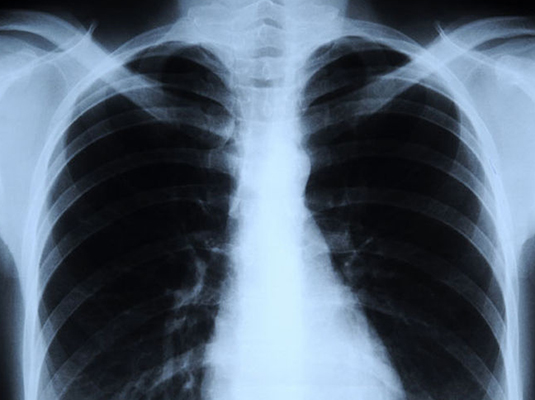The Journey from X-Rays to Quantum Imaging
When Wilhelm Röntgen unveiled X-rays in 1895, he likely could not have envisioned a future where technology would enable the creation of intricate images of the human brain or utilize quantum physics to identify diseases prior to the onset of symptoms. Yet, we find ourselves in such a reality today. The field of radiology has transformed from indistinct black-and-white images of bones to astonishing 3D scans of the human body, driven by continuous innovation.
The X-Ray Revolution: The Genesis of Radiology
X-rays transformed the medical field by providing a non-invasive method for physicians to examine the internal structures of the body. They are straightforward, quick, and cost-effective, remaining essential for diagnosing fractures, lung infections, and conducting dental examinations.
Advancements in Imaging: CT, MRI, and More
With technological progress, CT (Computed Tomography) emerged, offering cross-sectional images akin to “slices” of the body. Following this, MRI (Magnetic Resonance Imaging) was developed, employing magnets and radio waves to render soft tissues with remarkable clarity—ideal for detecting brain tumors, ligament injuries, or spinal disorders.
The Digital Transformation of Radiology
The early 2000s marked the advent of digital imaging, PACS systems, and artificial intelligence tools that enhance the speed and accuracy of issue detection by radiologists. The era of film and lightboxes has been replaced by digital data and advanced machine learning techniques.
The Emergence of Quantum Imaging
Currently, researchers are exploring quantum imaging—a cutting-edge method that leverages the unique characteristics of quantum particles, such as entanglement, to generate ultra-high-resolution images while minimizing radiation exposure. Although still in the experimental phase, this technology holds the potential to revolutionize the field.
Looking Ahead
Radiology has evolved beyond mere image capture; it now encompasses disease prediction, robotic surgery guidance, and real-time treatment monitoring. From diagnosing fractures to harnessing quantum technology, radiology is actively shaping the future of healthcare—one pixel at a time.
